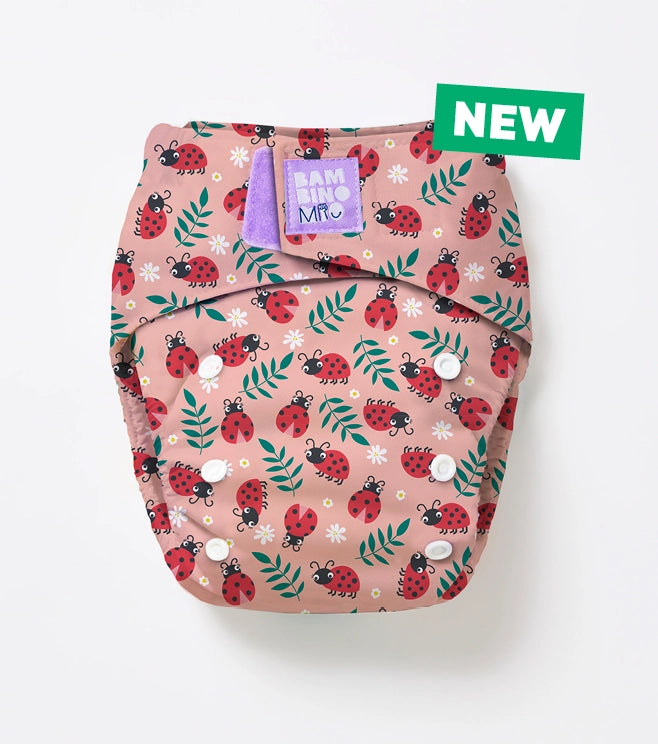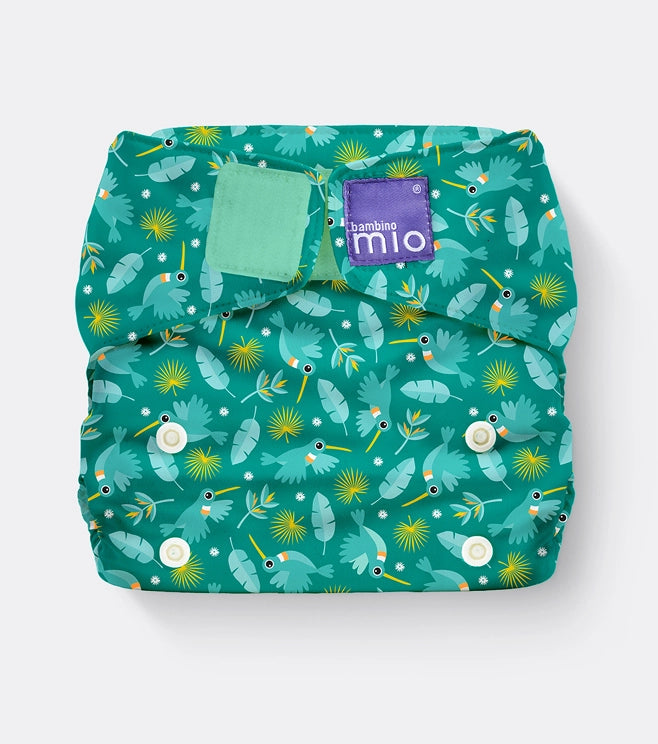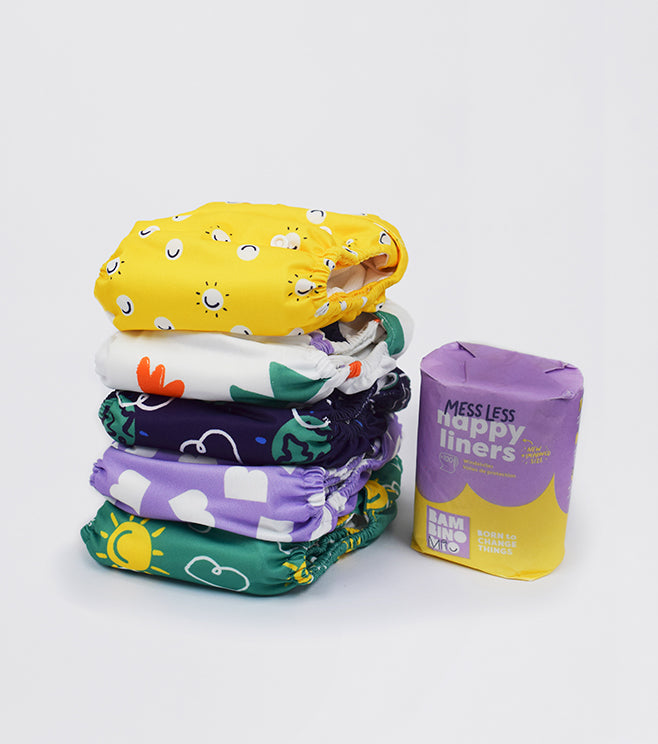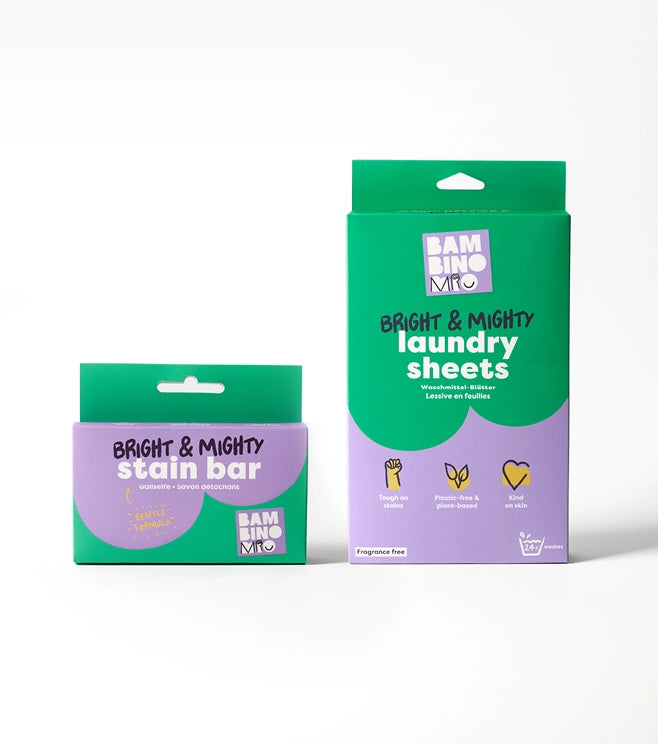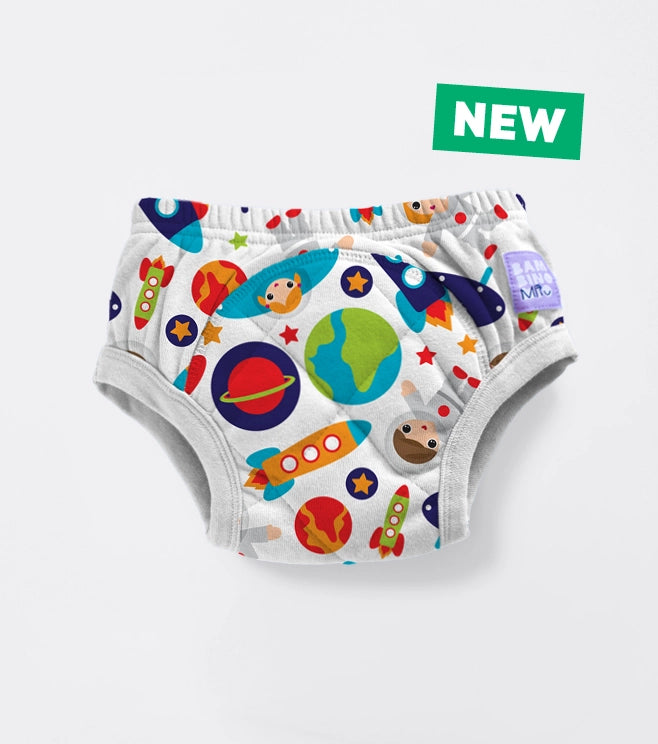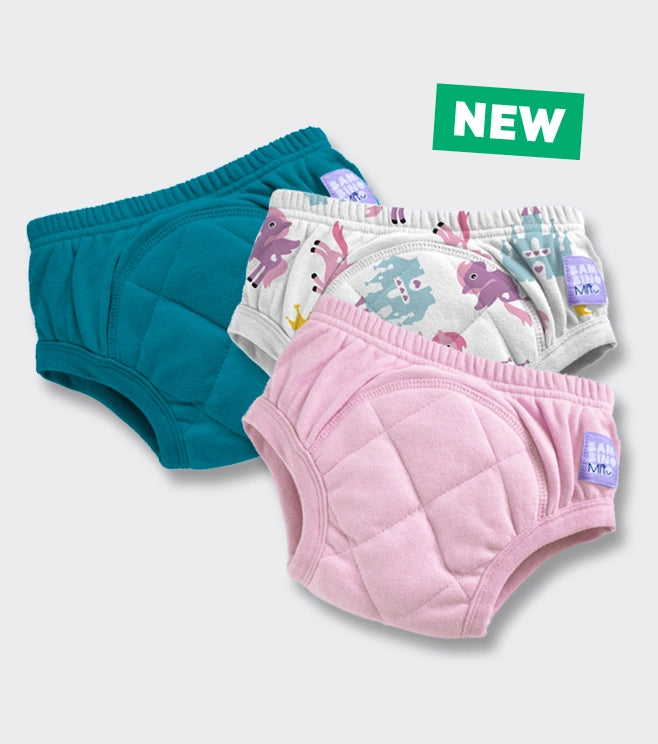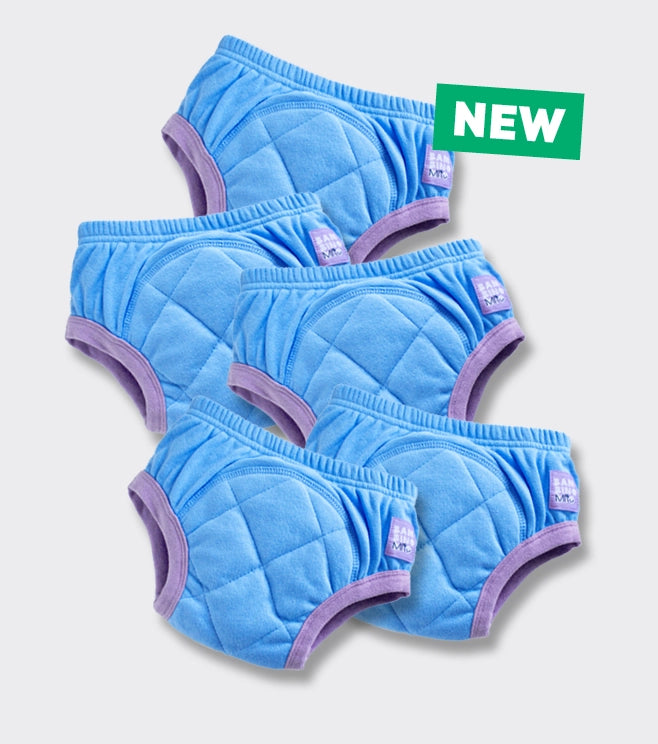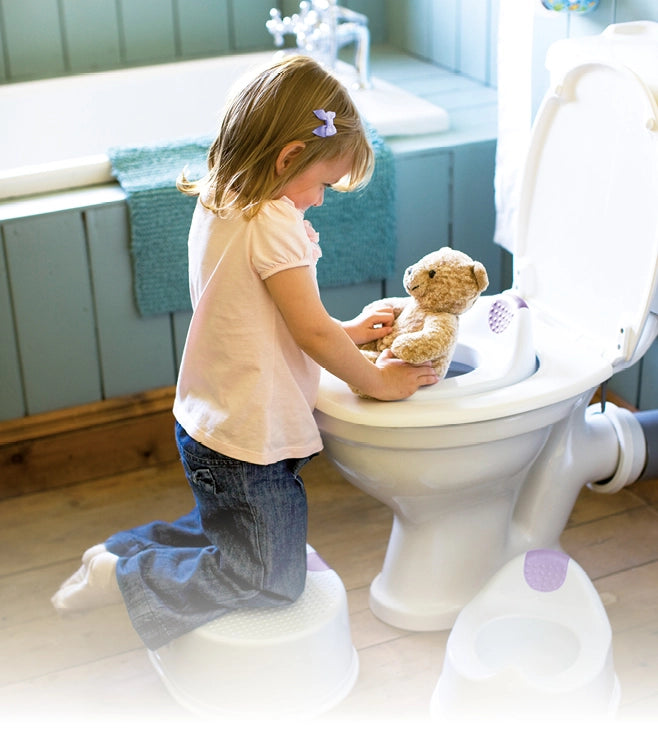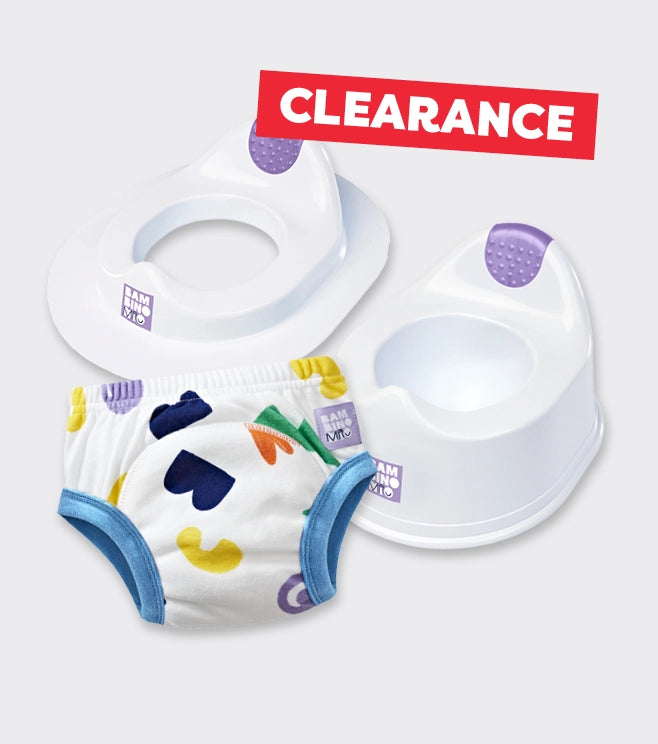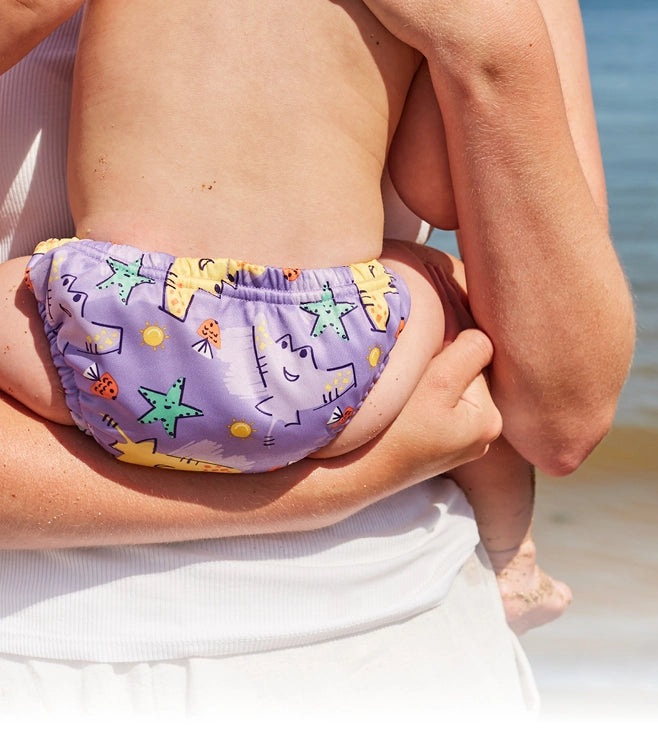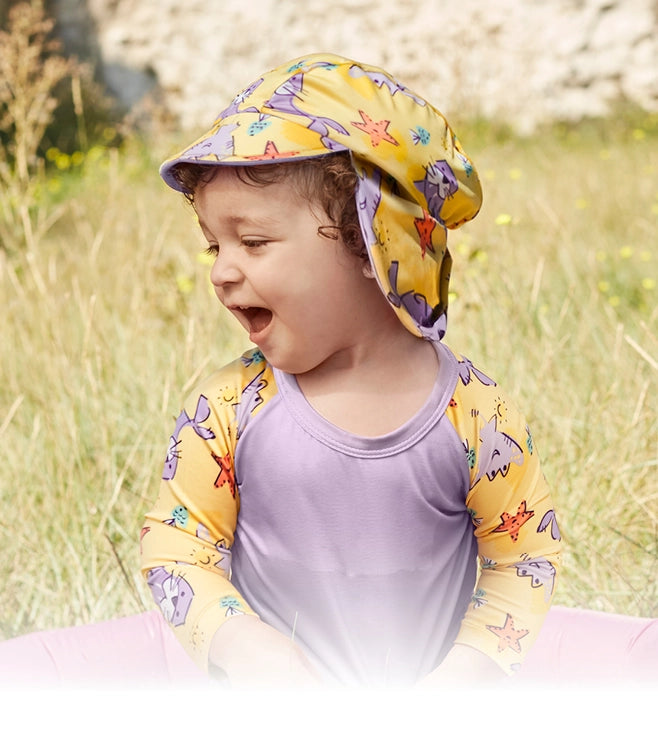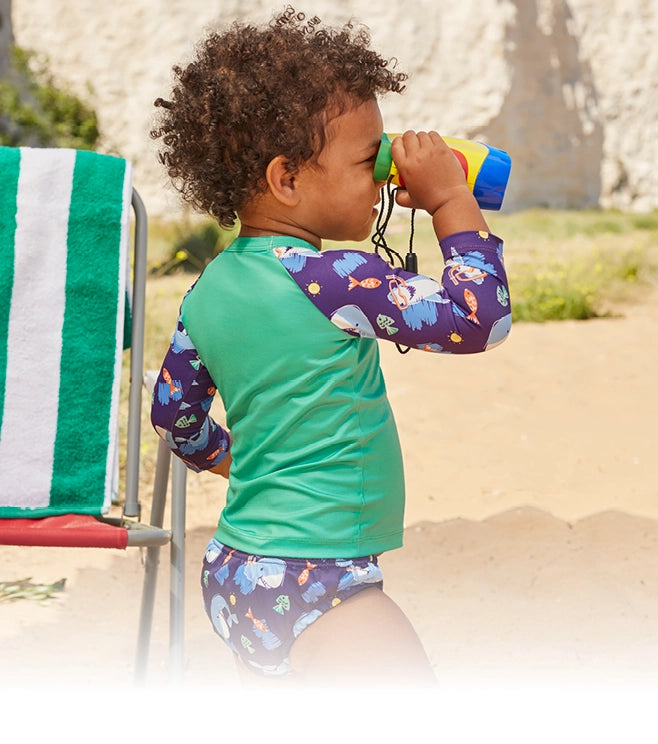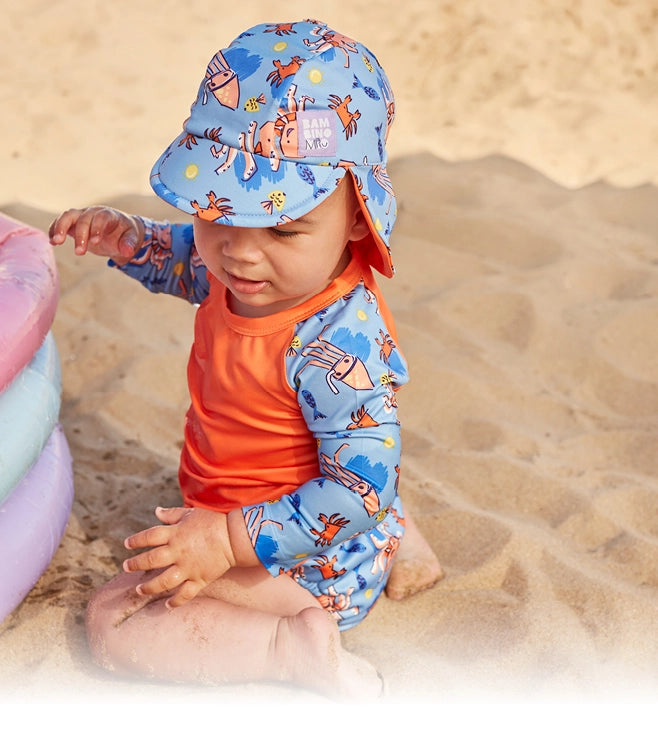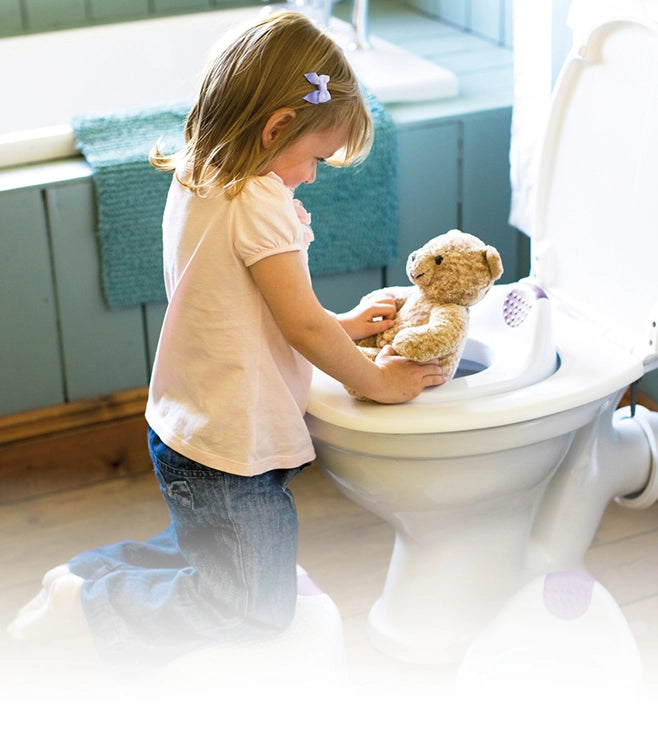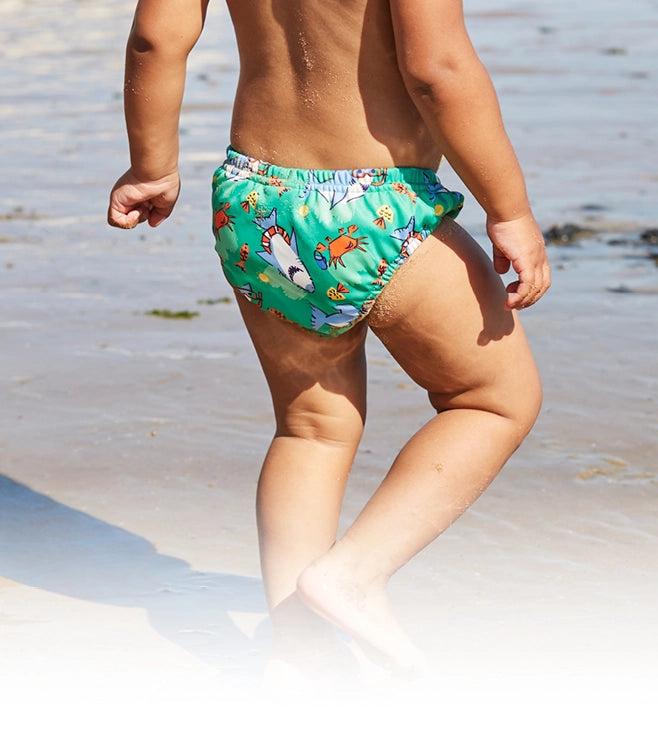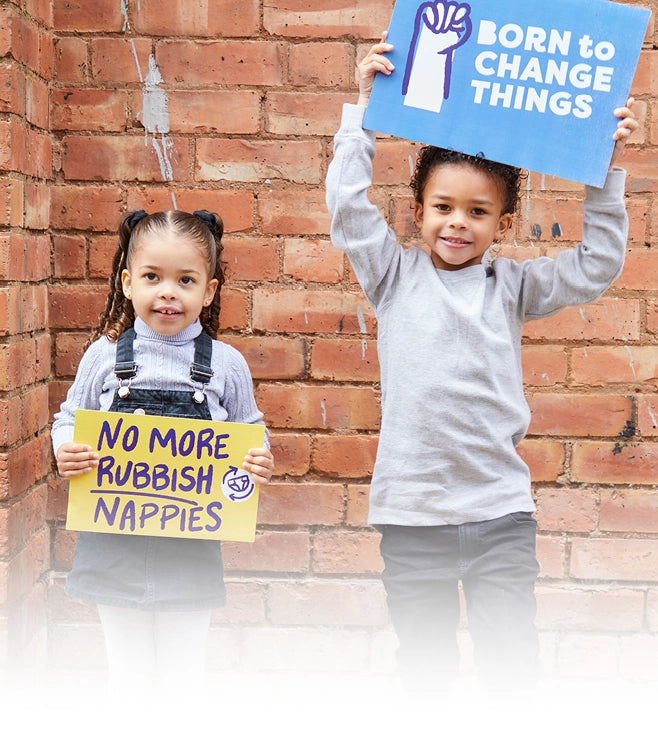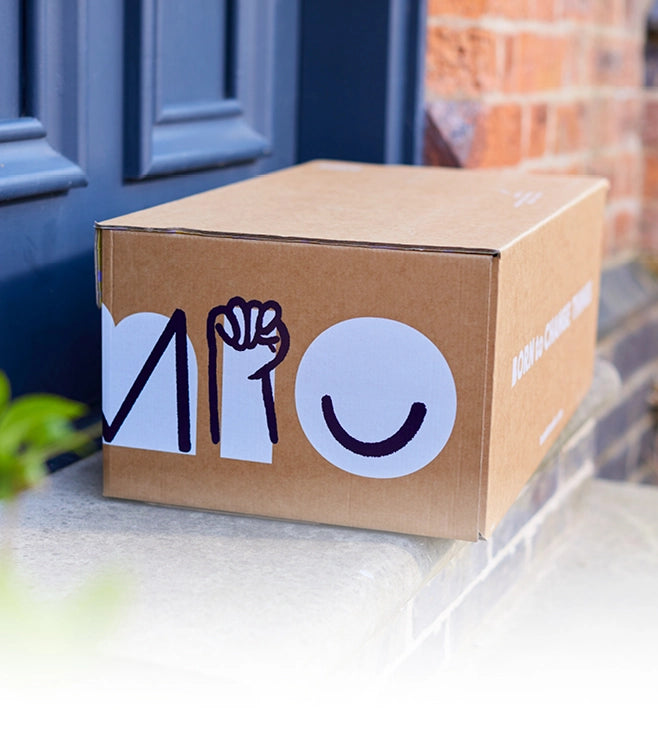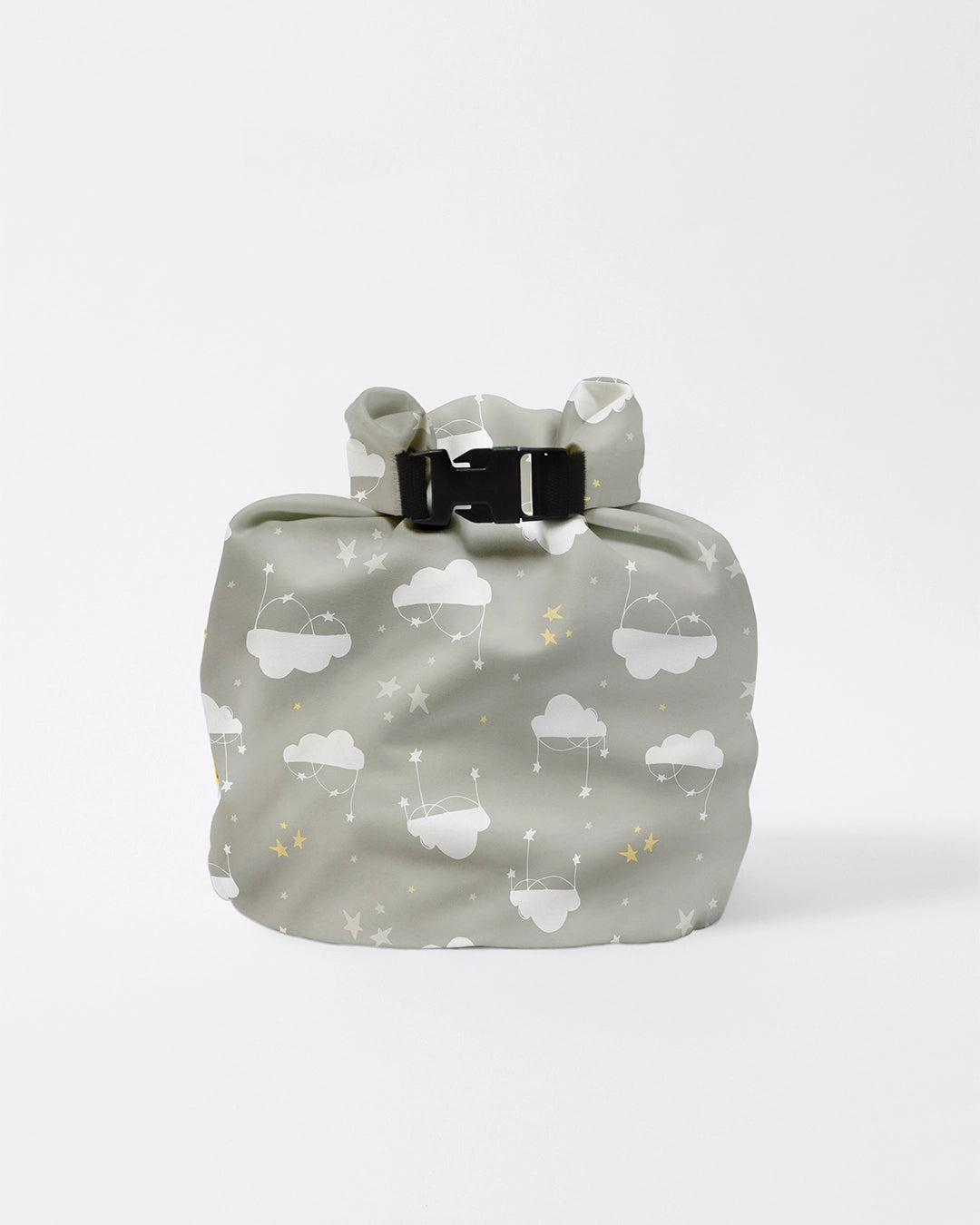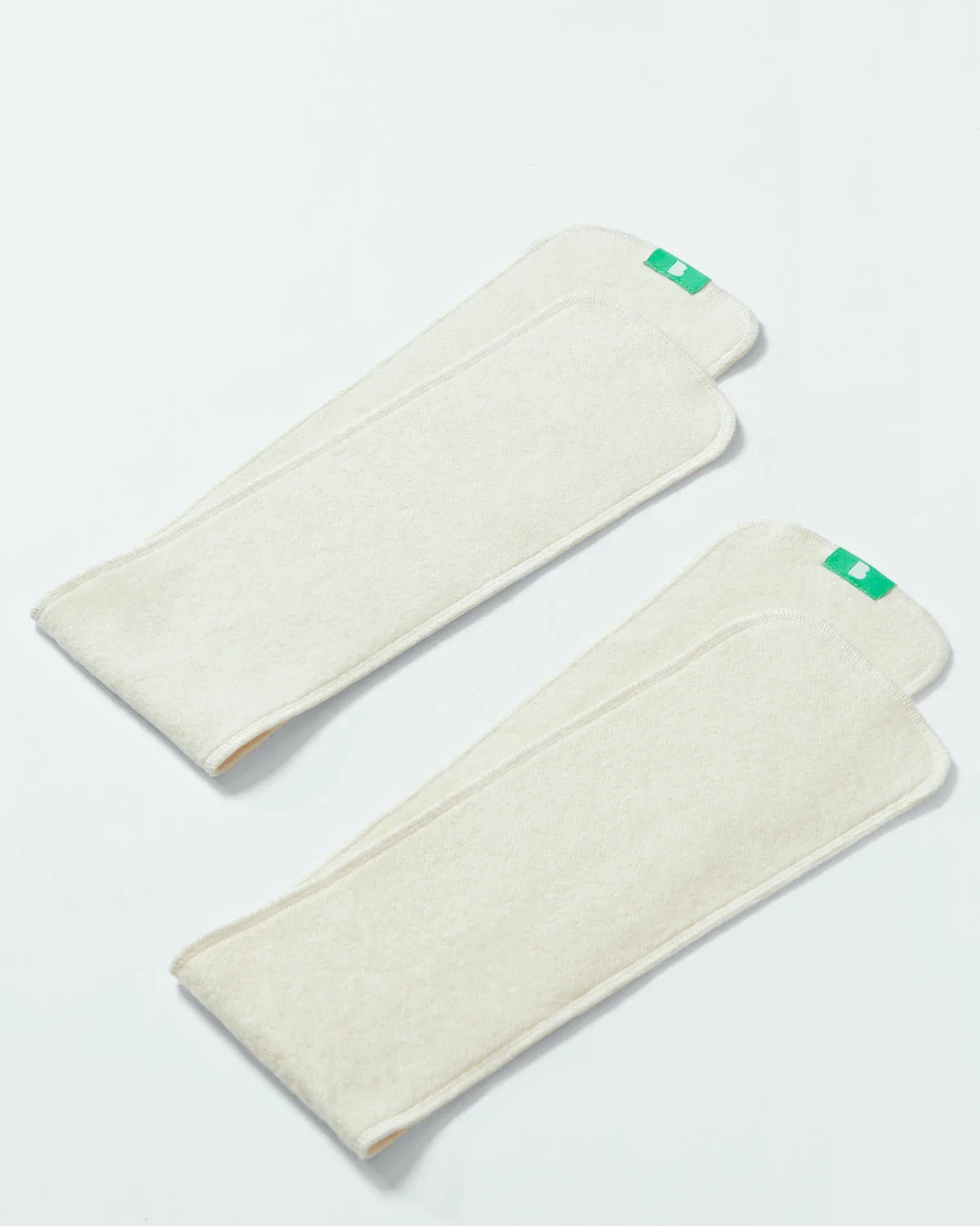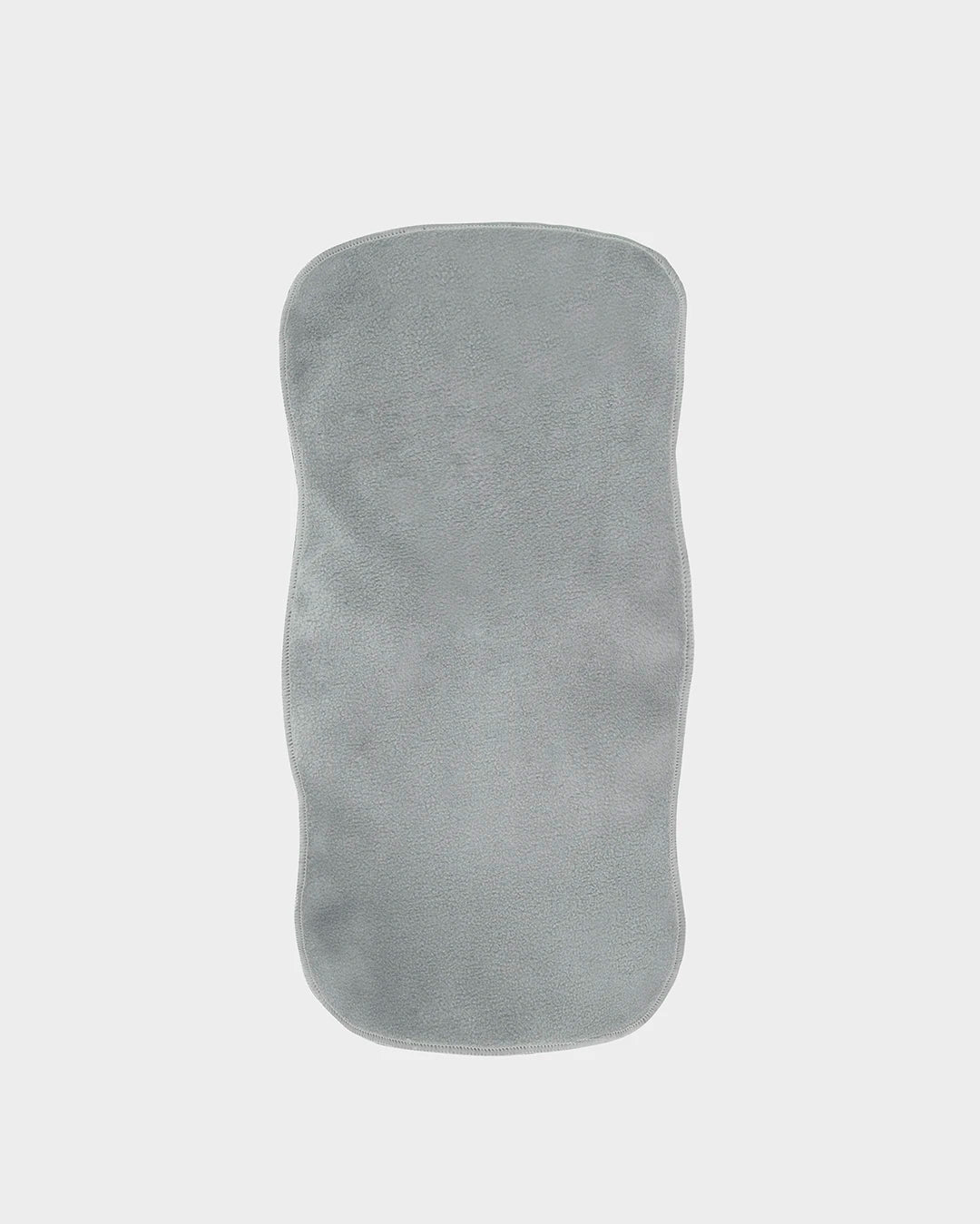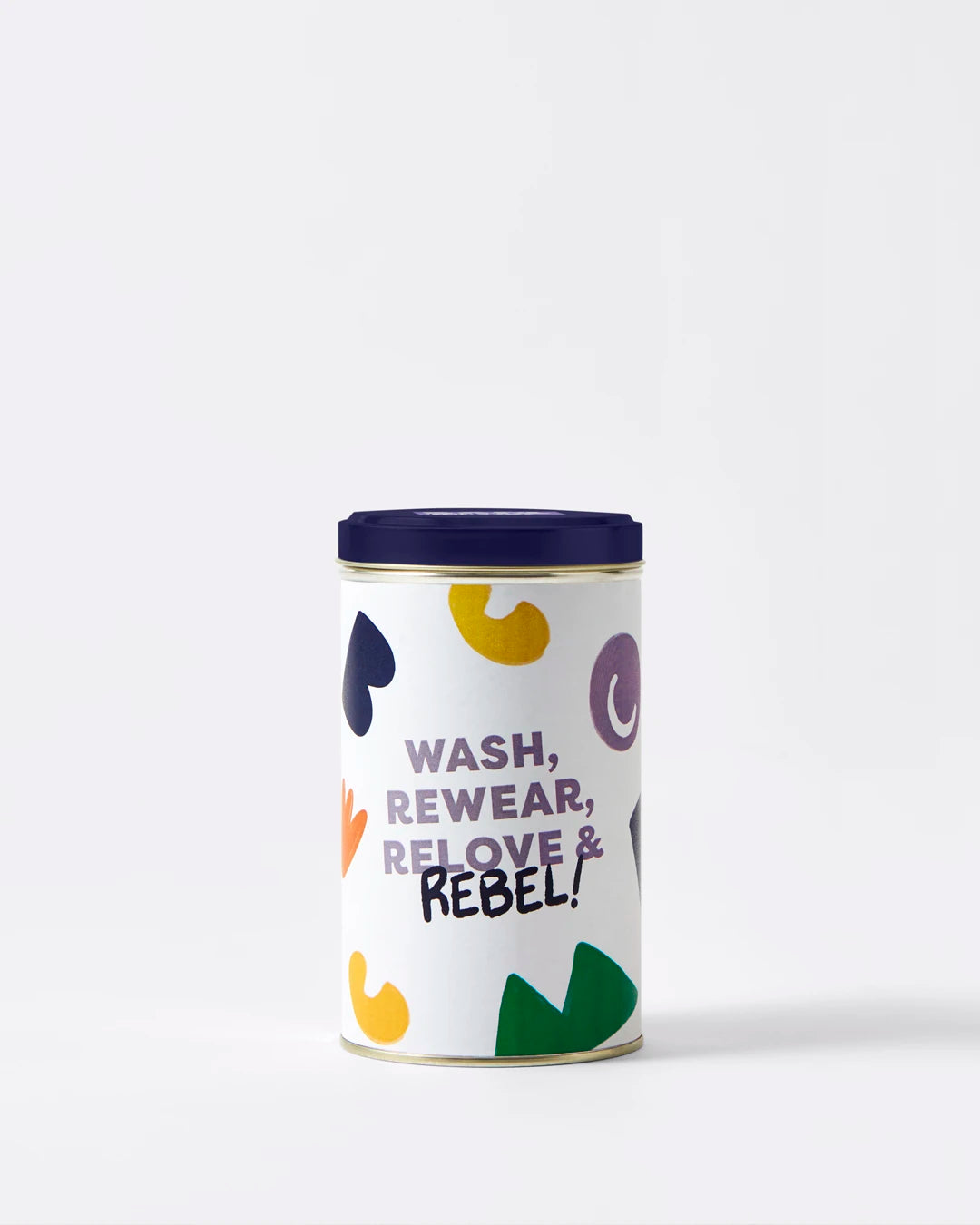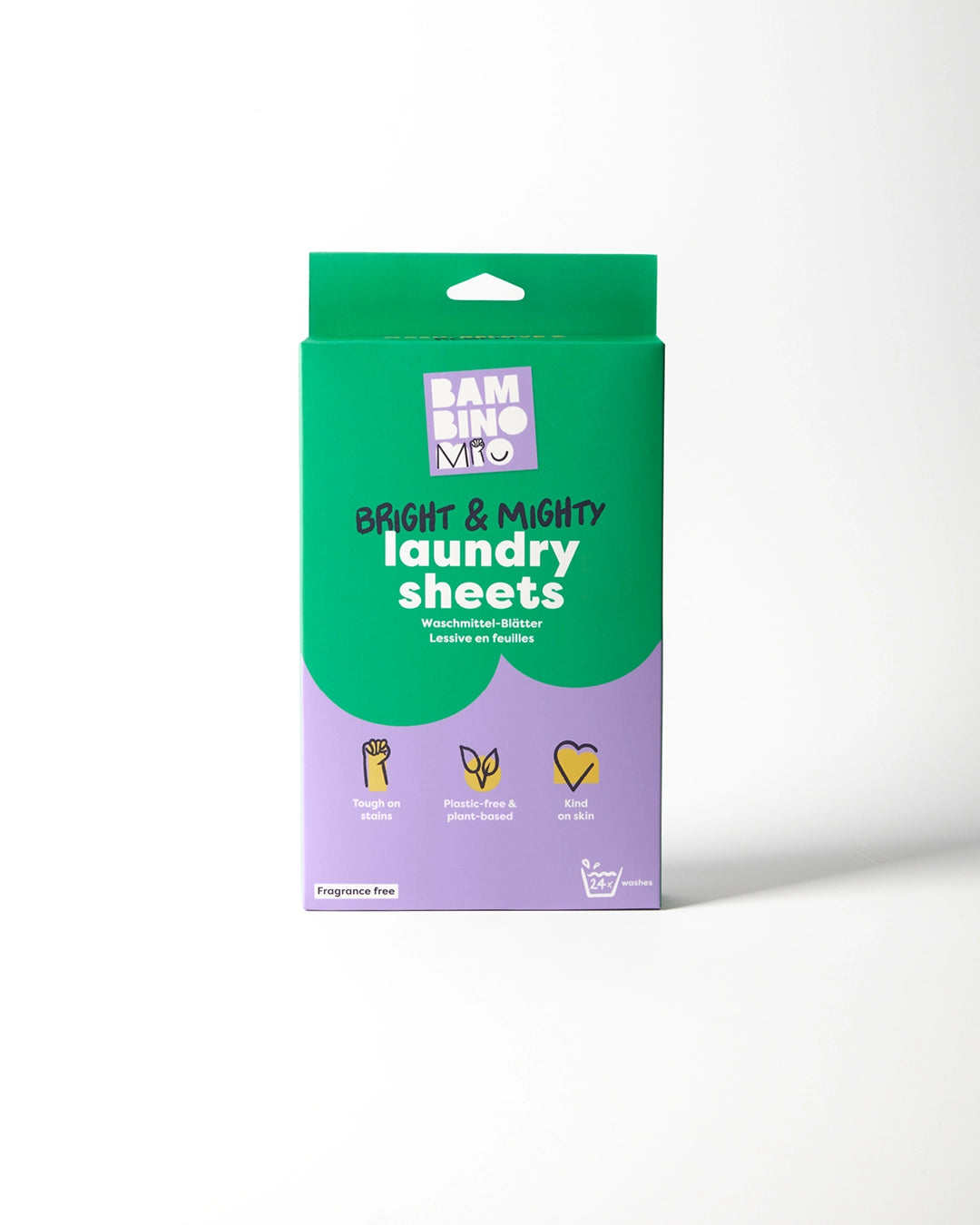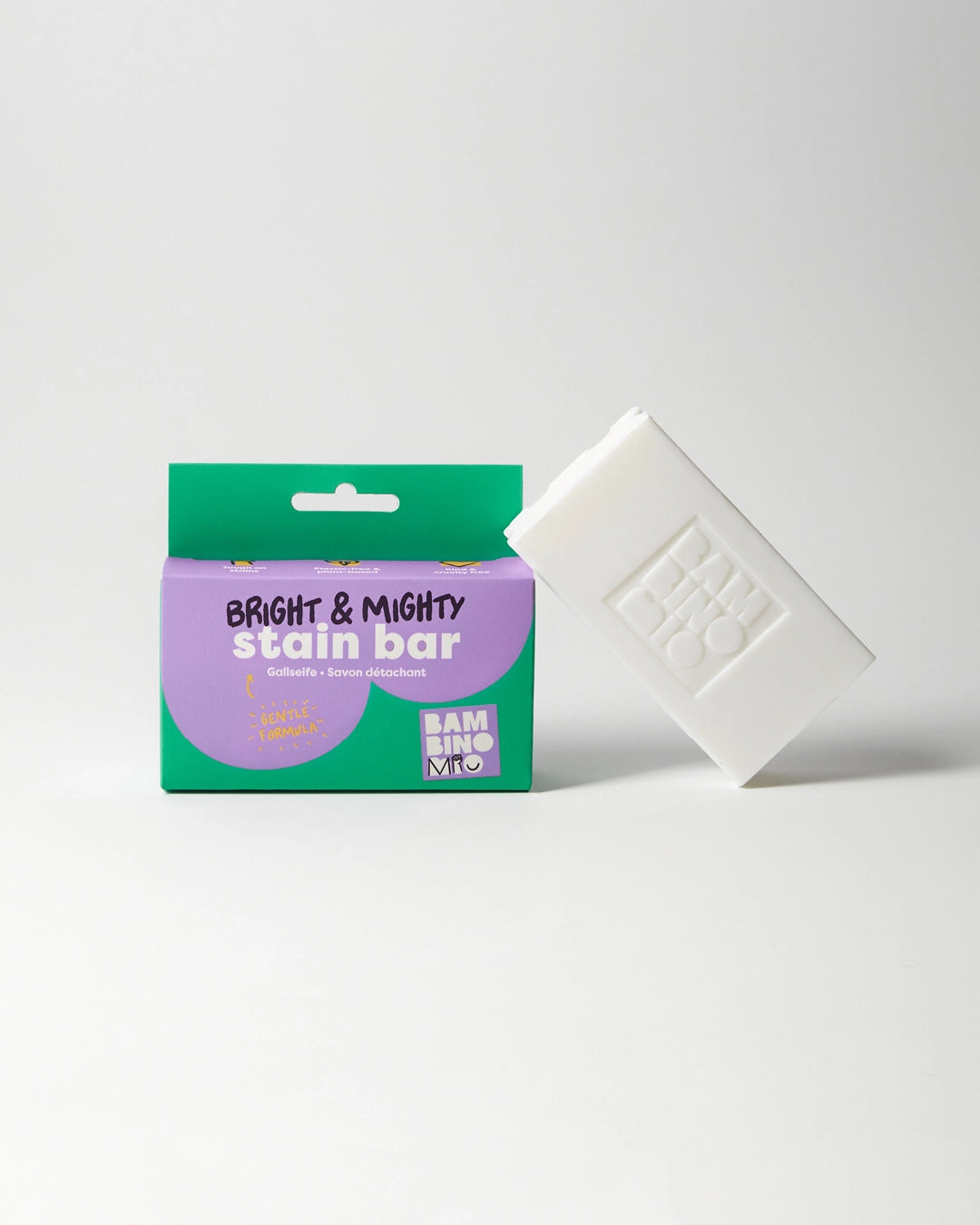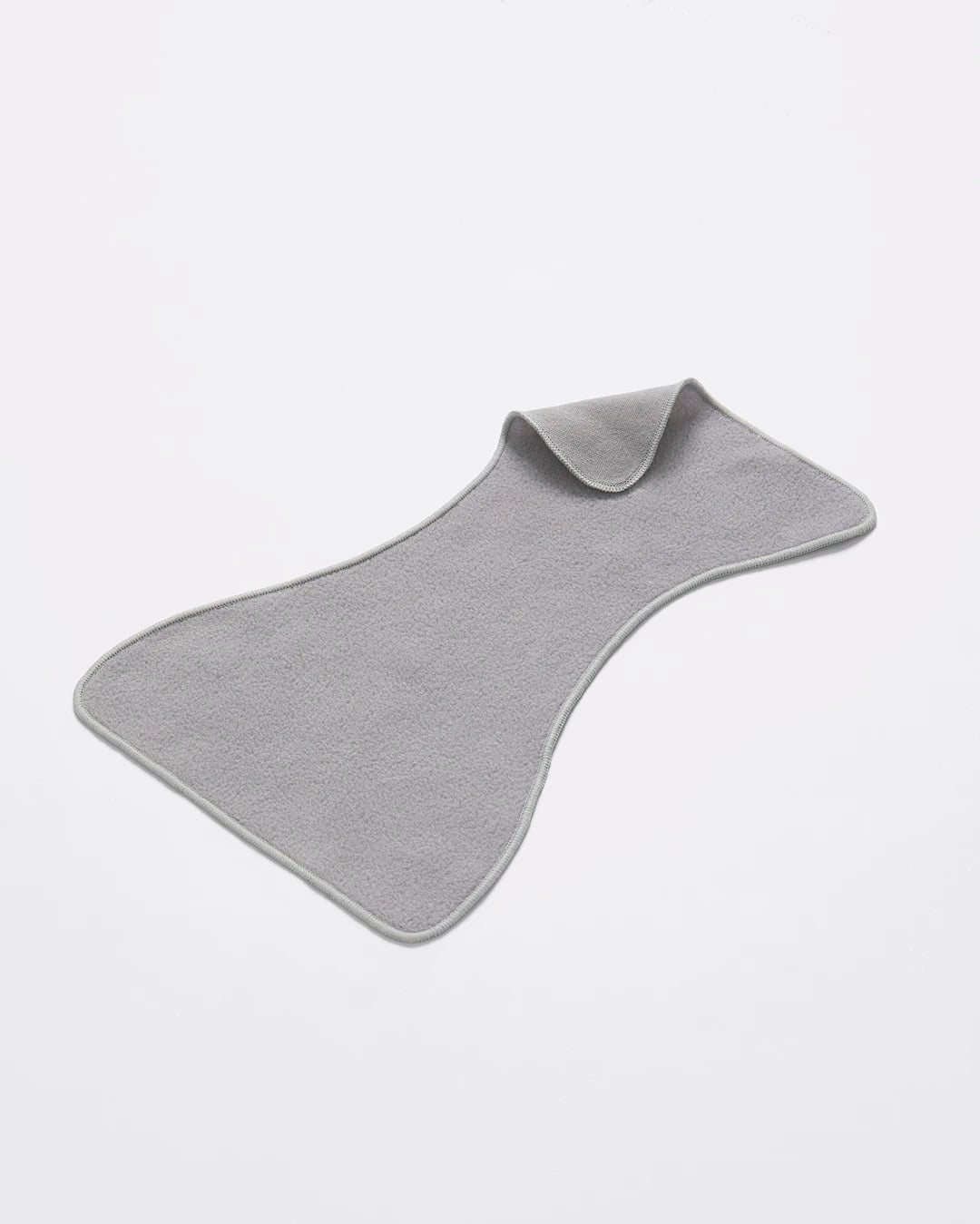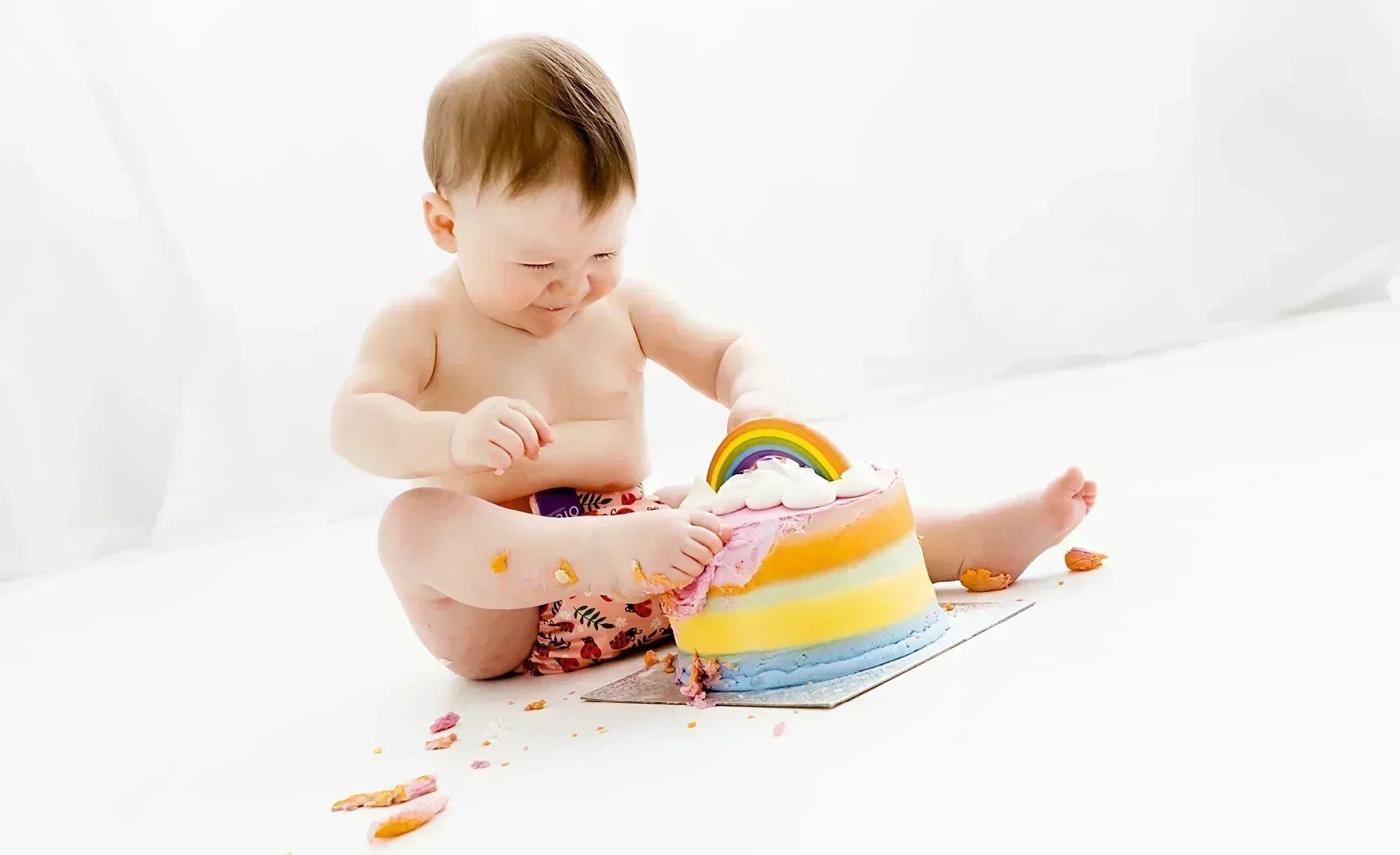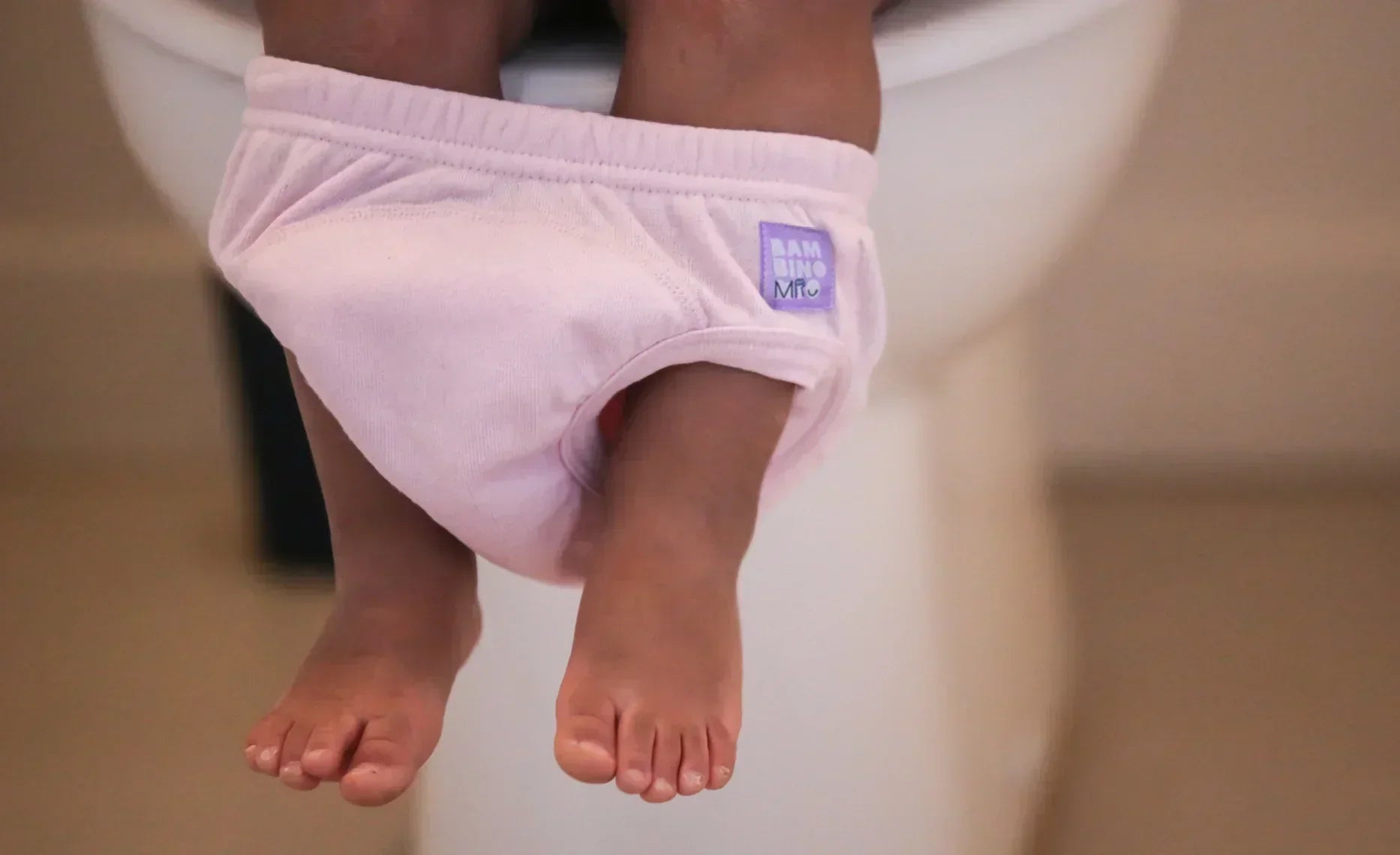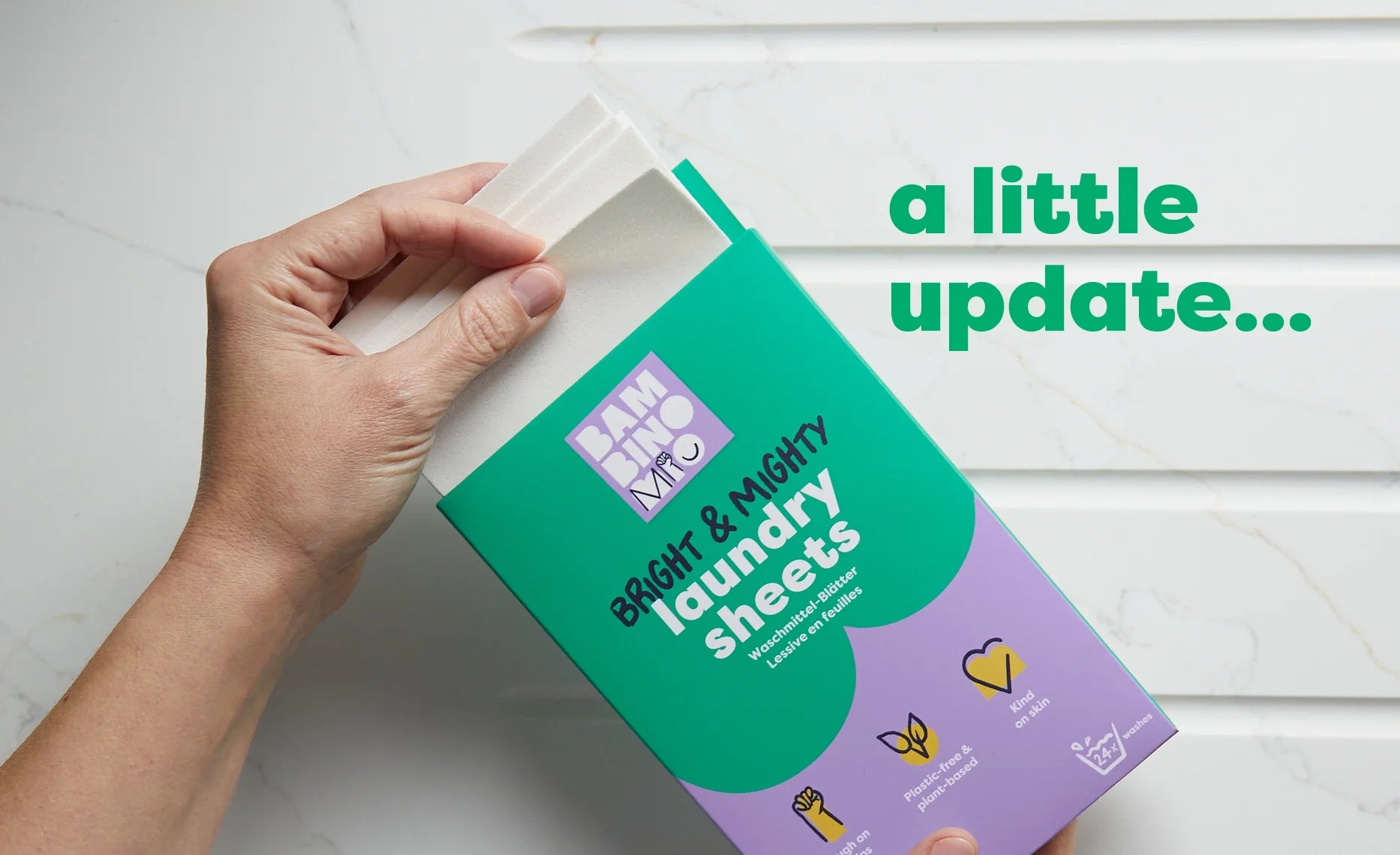Feeding Your Baby: Signs of Hunger and Fullness
Share Options
- Bambino Mio
- 20 / 09 / 2023

For your attention: The nutritional information within this article is intended solely for general informational purposes. It is not to be considered as a replacement for tailored medical advice from a certified healthcare professional. It is imperative to consult with your paediatrician or a qualified medical expert before introducing new food items such as fish or nuts into your infant's dietary regimen, especially if there are pre-existing health concerns or a familial history of allergies.
Inside this Article:
During their first few weeks of life, babies don’t do much apart from eating, sleeping and making good use of their reusable nappies!
You might wonder when they’ll start talking and what their first words will be. While this milestone (1) feels like a long way off in the future, your tiny baby is already able to communicate their feelings of hunger and of fullness - you just need to know the signs.
What are the signs of hunger in a baby?
The first sign of hunger you think of is crying, but crying is actually a later sign of hunger. There are many other, more subtle, indications that your baby is hungry that show before they start to cry.
If you learn to spot these hunger cues, you can feed your baby before they become distressed. It’s especially useful to intercept early hunger cues if you’re bottle feeding (2) your baby as you can make up a feed and have it ready before things get serious.
Signs your baby is hungry include:
- Suddenly becoming alert and active, as thinking about food is enough to get some babies excited
- Turning their head from side to side and fixating on whatever is in front of their eyes (they’re looking for a nipple)
- Repeatedly opening and closing their mouth
- Rooting (3), which is snuggling their face into your chest or face
- Making sucking motions, even if there’s no dummy or bottle present
- Sticking out their tongue or smacking their lips
- Sucking on their fingers, fists or clothes
- Clenching their fists - this is the next step up in urgency as they’re getting frustrated by the lack of milk
- Staring at you and tracking your movements, especially if you’re the only (or main) feeder
- Furrowing their brow and looking distressed or upset - crying is usually imminent at this point
Signs your baby is full
As well as hunger signs, your baby will also let you know they’ve had enough to eat and that their little stomach can’t fit anymore milk in (4). Fullness signs are, as you might imagine, somewhat more relaxed than hunger signs, so watch out for:
- Your baby closing their mouth and their face relaxing
- A sudden lack of urgency or intensity in sucking, as well as your baby turning their head away from the breast or bottle
- Their body relaxing, especially their hands if they were previously clenched
- Sleepiness or a vacant gaze into the middle distance - some parents say their baby is “milk drunk” at this point
Signs of hunger and fullness in older children
Once your baby is more than six months old, they’ll develop different ways to let you know they’re hungry, such as:
- Pointing to food or reaching their hands out
- Opening their mouth when they see a spoon or dish
- Getting excited if they see food being prepared
- Making characteristic sounds to let you know they’re hungry or want more food - you’ll grow to recognise these sounds
When your older baby or toddler is full, they’ll probably:
- Turn their head away and close their mouth when you offer food
- Push the spoon or food away
- Shake their head, make a hand sign or a noise to let you know they’re full
Your child knows when they’ve had enough to eat, so don’t pressure them to latch back onto the breast, finish a bottle or eat everything in the bowl.
If you’re worried about how much your child is eating, speak to your GP or health visitor at their next review (5) - as long as they’re active and gaining weight, however, there’s probably no need for concern.
Citations and References
- National Health Service (NHS). ‘Speech and Language Development (from 12 to 24 Months).’ 2016. Web. www.gosh.nhs.uk/conditions-and-treatments/procedures-and-treatments/speech-and-language-development-12-24-months
- National Health Service (NHS). ‘How to Bottle Feed. Bottle Feeding Advice.’ 2021. Web. www.nhs.uk/conditions/baby/breastfeeding-and-bottle-feeding/bottle-feeding/advice
- National Institutes of Health (NIH). National Library of Medicine. ‘Rooting Reflex.’ 2023. Web. www.ncbi.nlm.nih.gov/books/NBK557636
- Healthline. ‘Your Newborn’s Stomach Size is Smaller than You Think.’ 2020. Web. www.healthline.com/health/baby/your-newborns-stomach-size-is-smaller-than-you-think
- National Health Service (NHS). ‘Height, Weight and Reviews. Your Baby’s Health and Development Reviews.’ 2020. Web. www.nhs.uk/conditions/baby/babys-development/height-weight-and-reviews/baby-reviews


